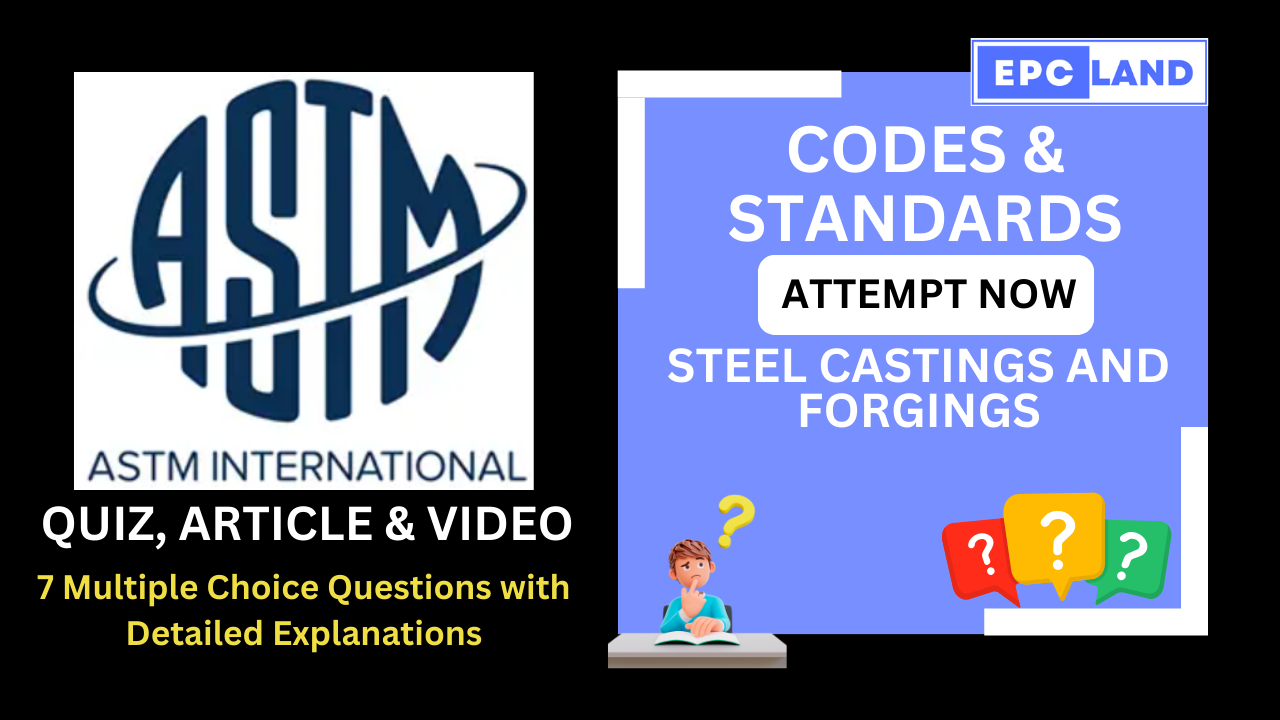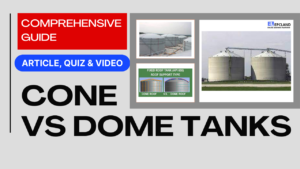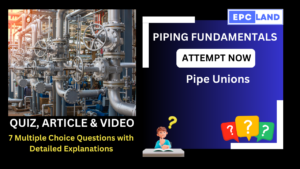
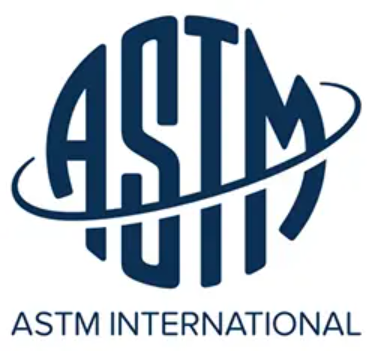
1. ASTM Standard: Steel Castings and Forgings
What is the primary application of ASTM standard A27 for steel castings?
Explanation: ASTM standard A27 is for carbon steel castings for general applications, including building materials and machinery components.
2. ASTM Standard A105
Which application is covered by ASTM standard A105 for carbon steel forgings?
Explanation: ASTM standard A105 covers carbon steel forgings for piping applications, including pipelines and pressure vessels.
3. ASTM Standard A351
What type of castings does ASTM standard A351 cover, and in which applications are they commonly used?
Explanation: ASTM standard A351 covers austenitic and duplex castings for pressure-containing parts, commonly used in chemical processing equipment and food and beverage machinery.
4. ASTM Standard A536
What is the primary application of ASTM standard A536 for ductile iron castings?
Explanation: ASTM standard A536 is for ductile iron castings, commonly used in automotive parts, pipes, and structural components.
5. ASTM Standard A336
For what applications are alloy steel forgings covered by ASTM standard A336?
Explanation: ASTM standard A336 covers alloy steel forgings for pressure and high-temperature parts, commonly used in pressure vessels, valves, and pipelines.
6. ASTM Standard A471
What specific components are covered by ASTM standard A471 for vacuum-treated alloy steel forgings?
Explanation: ASTM standard A471 covers vacuum-treated alloy steel forgings for turbine rotor disks and wheels, commonly used in aircraft engines and jet turbines.
7. ASTM Standards Beyond Development
What additional services and resources does ASTM provide beyond developing standards?
Explanation: ASTM provides technical publications, training materials, proficiency testing programs, and symposia to ensure proper application and understanding of their standards.
25+ Relevant topics on Codes & Standards
Short Article on Codes & Standards

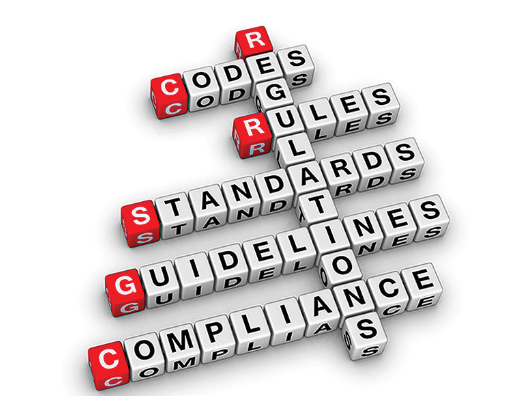
ASTM Standards for Steel Castings and Forgings
When it comes to the backbone of countless industrial applications, steel reigns supreme. But not just any steel will do. For critical components like valves, flanges, and fittings, where strength, reliability, and safety are paramount, we turn to the trusted guidance of ASTM standards.
Steel Castings: Shaping Strength and Resilience
ASTM boasts a comprehensive library of standards for steel castings, catering to a diverse range of requirements. Whether you need high-temperature resistance for pressure vessels or corrosion-resistant properties for marine environments, there’s an ASTM standard that fits the bill.
Table 1: Key ASTM Standards for Steel Castings
| Standard | Description | Applications |
|---|---|---|
| A27 | Carbon steel castings for general application | Building materials, machinery components |
| A48 | Gray iron castings | Pipes, fittings, machine bases |
| A126 | Gray iron castings for valves, flanges, and pipe fittings | Plumbing systems, pressure vessels |
| A216 | Carbon steel castings suitable for fusion welding for high-temperature service | Power plants, boilers, refineries |
| A351 | Austenitic, austenitic-ferritic (duplex) castings for pressure-containing parts | Chemical processing equipment, food and beverage machinery |
| A356 | Carbon, low-alloy, and stainless steel heavy-walled castings for steam turbines | Power generation, aircraft engines |
| A439 | Austenitic ductile iron castings | Pumps, valves, pipelines |
| A476 | Ductile iron castings for paper mill dryer rolls | Paper production equipment |
| A536 | Ductile iron castings | Automotive parts, pipes, structural components |
Forgings: Taking Strength to the Next Level
Forged steel components, shaped under immense pressure and heat, offer exceptional strength and toughness. ASTM standards ensure these critical parts meet the highest standards for reliability and performance.
Table 2: Key ASTM Standards for Forgings
| Standard | Description | Applications |
|---|---|---|
| A105 | Carbon steel forgings for piping applications | Pipelines, pressure vessels |
| A182 | Alloy-steel pipe flanges, forged fittings, and valves for high-temperature service | Power plants, refineries, chemical processing |
| A286 | Carbon and alloy steel forgings for magnetic retaining rings for turbine generators | Generators, wind turbines |
| A336 | Alloy steel forgings for pressure and high-temperature parts | Pressure vessels, valves, pipelines |
| A350 | Carbon and low-alloy steel forgings for piping components requiring notch toughness testing | Oil and gas pipelines, cryogenic applications |
| A471 | Vacuum-treated alloy steel forgings for turbine rotor disks and wheels | Aircraft engines, jet turbines |
| A508 | Quenched and tempered vacuum-treated carbon and alloy steel forgings for pressure vessels | Nuclear reactors, offshore platforms |
| A592 | High-strength quenched and tempered low-alloy steel forged fittings and parts for pressure vessels | Chemical reactors, pressure tanks |
| A646 | Premium quality alloy steel blooms and billets for aircraft and aerospace forgings | Aircraft landing gear, engine components |
Beyond the Standards: A Commitment to Excellence
ASTM’s dedication to steel extends beyond simply developing standards. They offer a range of resources and services to ensure proper application and understanding, including:
- Technical publications and training materials: Providing in-depth knowledge and guidance on specific standards and their applications.
- Proficiency testing programs: Ensuring the accuracy and reliability of testing methods used in conjunction with ASTM standards.
- Symposia and workshops: Bringing together industry experts to share knowledge and discuss the latest developments in steel casting and forging technologies.
The Bottom Line: Building a Safer, Stronger World with ASTM
By ensuring the consistent quality and performance of steel castings and forgings, ASTM standards play a critical role in countless industries. From powering turbines to building bridges, these unseen heroes contribute to a safer, stronger, and more reliable world. So, the next time you encounter a critical steel component, remember the invisible hand of ASTM standards holding it all together.
Table of Contents
Don’t miss the Course on Effective Isometrics Management: Check Now
Enrollment Link
Recommended courses (Published on EPCLand)
- Complete Course on Piping Engineering
- Basics of Piping Engineering
- Piping Layout Engineering
- Piping Material Engineering
- Piping Stress Analysis
- Material Requisitions
- Piping Material Specifications
- Valve Material Specifications
- Plant Design & Layouts-OISD 118
- Isometric Management
Library of Technical Articles
Don’t miss out the collection of 15+ articles on following topics:
- Basics of Oil and Gas Industry
- Valves
- Testing
- Tank
- Piping Bulk Items
- Pipe
- Metallurgy
- Piping Materials
- Layout
- Instrumentation
- Heat Exchanger
- Type of Contracts
- Codes and Standards
- ASTM Standards
- Articles on Piping Specialty Items
Video details of Complete Course on Piping Engineering
Why Enroll in the EPCLand
Proven Track Record– PTR
Activities & Achievements before launching EPCLand
- Published more than 50+ short courses
- 3000+ Enrolments
- More than 3,500,00 Minutes of watch hours in the last 2 years
- 4000+ Students in 100+ Countries
- Rating of 4+ out of 5
- 1000+ YouTube Videos
- 8K+ Subscribers
What Students will Learn
- Codes & Standards of the Energy Sector
- Piping Material Engineering
- Piping Layout Engineering
- Stress Analysis
Interesting facts
- All the published courses have been developed by Industry Experts with more than 2 decades of experience
- Content is based on Practical experience and real-time problems.
- Content is designed and organized in such a manner that it can be easily grabbed.
- Complete website, Blogs and Quiz sections are Planned, Designed and published by myself (About me: Atul Singla)
- Complete flexibility of Time & Location, Students can access the content from anywhere & anytime
- Moreover, once enrolled, the content can be access as many times as you want, which helps in understand the fundamentals in a better way.
Conclusion
In conclusion, our courses are meticulously crafted by industry experts with over two decades of hands-on experience. The content is rooted in practical knowledge, addressing real-time problems. The material is thoughtfully designed and organized for easy comprehension. Every aspect, from the website to blogs and quizzes, has been planned, designed, and executed by Atul Singla, ensuring a comprehensive and seamless learning experience. With the flexibility of accessing the content at any time and from any location, students have the freedom to learn on their terms. Furthermore, enrollment grants unlimited access, allowing learners to revisit the material as often as needed, fostering a deep understanding of the fundamentals.
